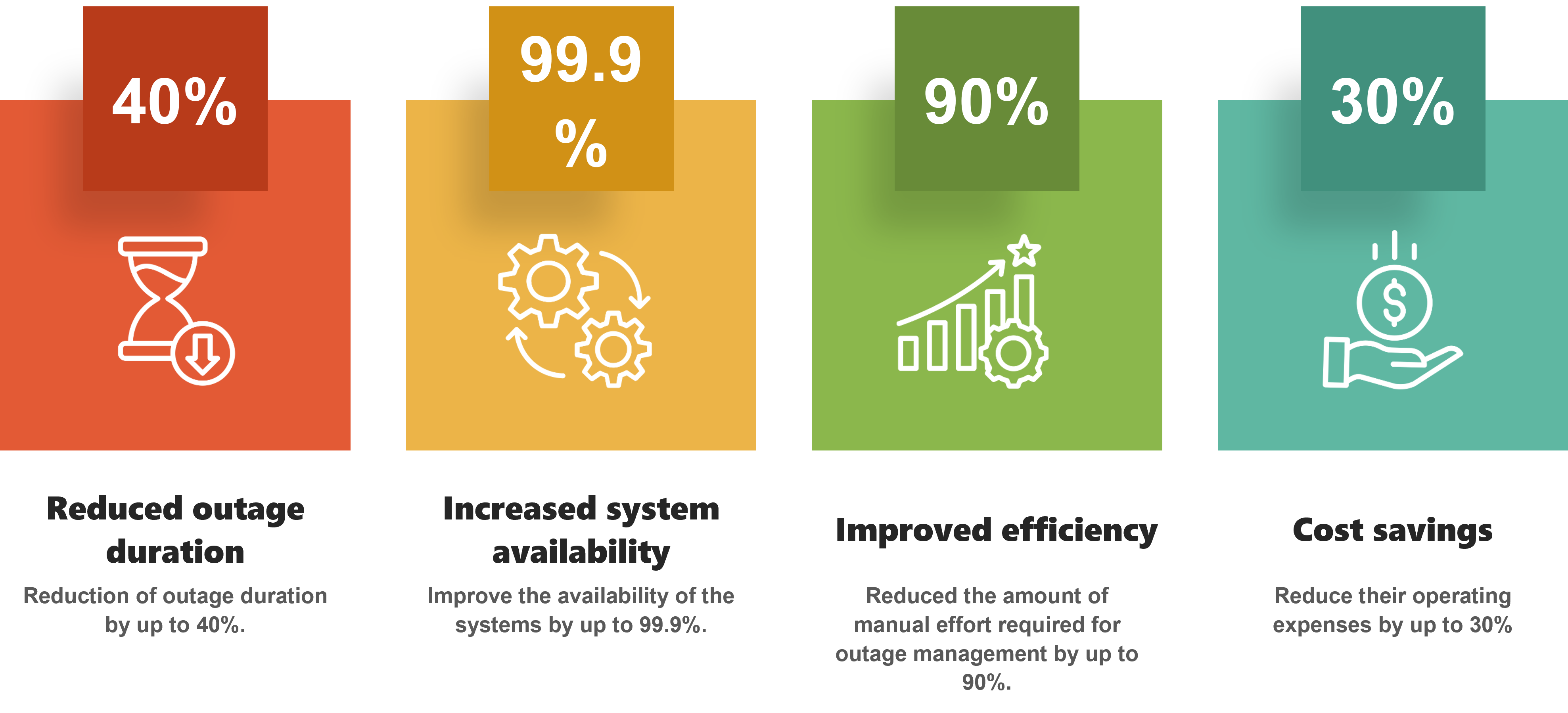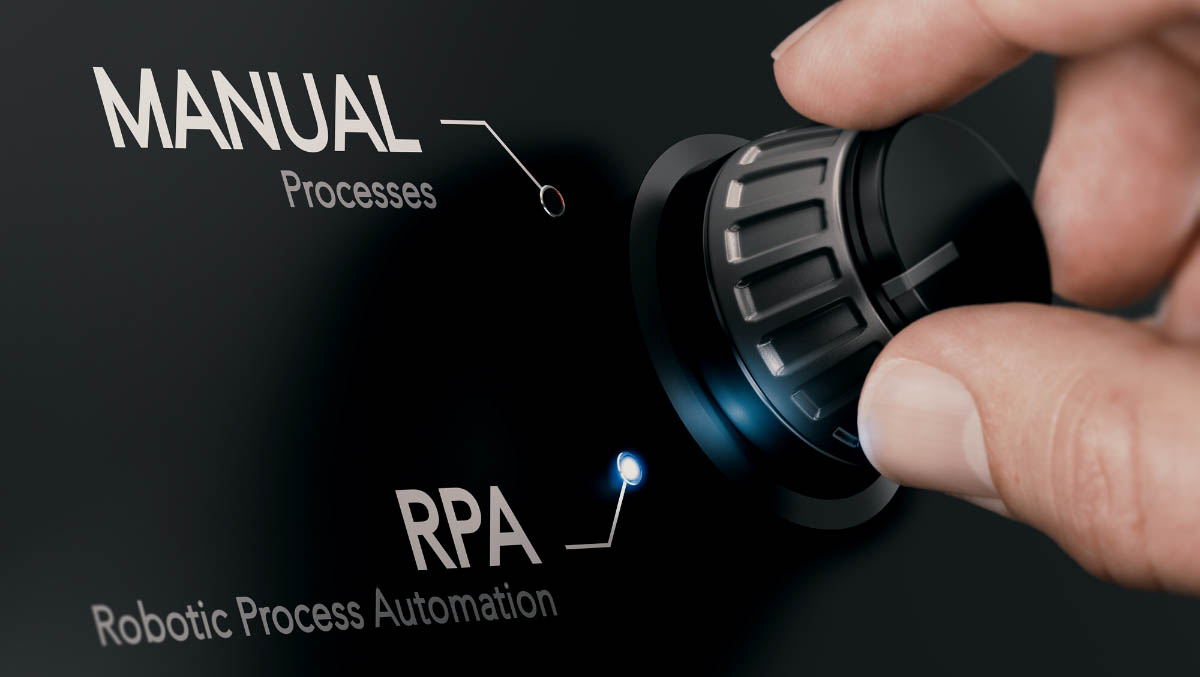Technical Solution

The technical solution for this case study aimed to improve the back-end suite of applications by mitigating contention problems, improving the accuracy of network data, and implementing a notification system. The step-by-step process included:
Implementing customer call integration to the Oracle Utilities Network Management System (NMS) through a Java application that polls call information from the DB2 database.
Retrieving and transferring device topological statuses to the NMS SCADA system through a SOAP web service to provide real-time information on device status.
Performing periodic updates on customer model database tables to keep the NMS data accurate and up-to-date.
Extracting GIS electrical data by circuit for NMS data modeling, improving the NMS's understanding of the network.
Developing a module for capturing interruption information associated with electric power outages and storing it on a client-supported Data Analyzer system for reporting.
Creating a notification system for business users to receive notifications when there is a significant number of outages or customers out, which is configurable for customer and incident counts.
The technical solution helped the company to improve its outage management system, meet increasing customer expectations, improve restoration time, and increase efficiency.


.jpg)
.jpg)
.jpg)
.jpg)
.jpg)
.jpg)

.jpg)
.jpg)
.jpg)
.jpg)
.jpg)
.jpg)
.jpg)
.jpg)
.jpg)
.jpg)
.jpg)
.jpg)
.jpg)
.jpg)



.jpg)


.png)
.png)
.jpg)

.jpg)
.png)
.png)
.png)

.png)
.png)
.png)



.jpg)

.jpg)


.jpg)



.jpg)


.jpg)





